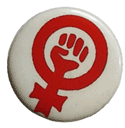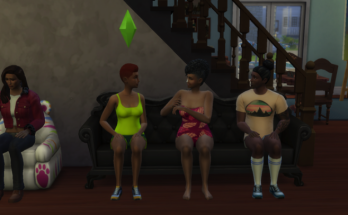Yesterday afternoon, I had the decided pleasure of partaking in a conversation with Natalie Bookchin, the amazing new media artist who is my friend and even sometimes collaborator. We spoke together with the Critical Digital Humanities group at UC Riverside about space, quotation, and community in relation to our critical media practices.
A highlight in our conversation addressed how we both conscientiously move and link our work between “real” and “cyber” spaces always anticipating how they are co-constitutive (thanks to April Durham for this clarification) while trying to maintain a shared, and admitted commitment to the “real” in the last instance (what I called a complex three-way). But I was most inspired by our interactions about the voice, body and structure: how Natalie explains the ways that her voice is visible in the system, tensions, arguments, and connections she draws from the indexical images of faces and words of others from YouTube, while my mantrafesto didactically insists that the (feminist, raced) body of the user must be seen. Bookchin’s unseen but anchored presence as artist may be the out I’ve been looking for, as participants at my road show (whose work sits in the Gallery here) have consistently been critical of these lines:
All voices want a body. A body needs to be visible
Visibility allows for warranting

